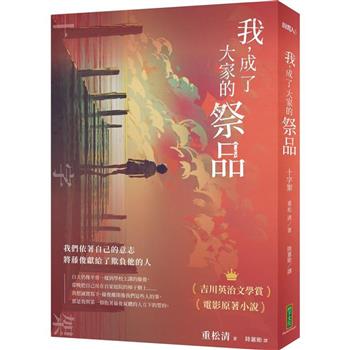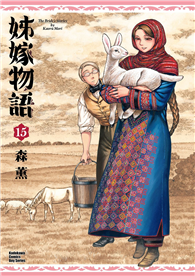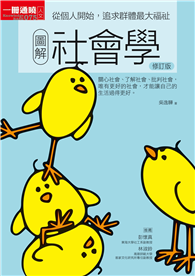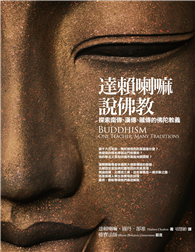A History of Design Institutes in China examines the intricate relationship between design institutes, the state and, in later periods, the market economy through a carefully situated discussion of significant theoretical and historical issues including socialist utopia, collective and individual design, structural transformation and architectural exportation, amongst others. It shows how, over the past six decades, China’s design institutes have served the state’s strategy for socialist construction and urbanisation to create socio-economic and cultural value. Through first-hand research, authors Xue and Ding reveal how the tensions between pragmatism, creativity, collaboration and resistance, have played a crucial role in defining architectural production.
Appealing to academics, researchers and graduate students, this book provides a much-needed contribution to the discourse on architectural history, building practices and policymaking in contemporary China.











